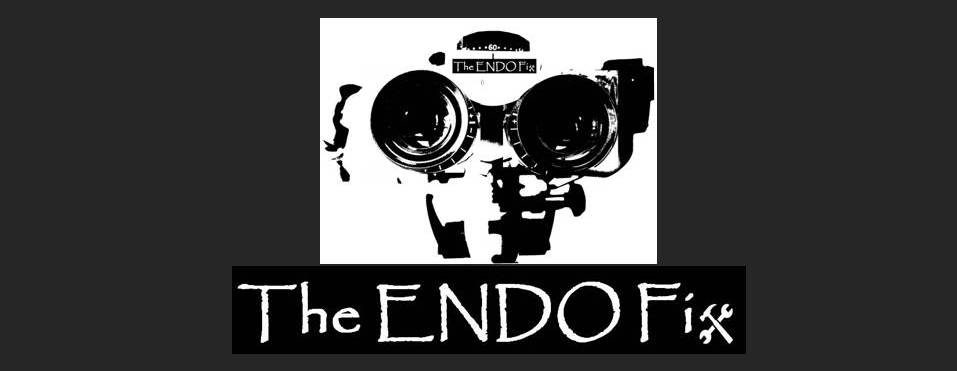
Simply put, parfocus in endodontics is where the object of interest is in focus for the endodontist, the scopeside assistant, and the camera. The lack of parfocus can lead to team incohesiveness, lack of efficiency, headaches, and poor documentation. I’ve seen a number of methods for parfocaling. This is mine; it’s worked for me when many other methods haven’t. There are two distinct parts of parfocaling the scope: parfocaling the rig and parfocaling the case.
Parfocaling the Rig
Step 1. Make sure all the components of the microscope are tight . With a fully loaded rig, there are many parts including spacers, beamsplitters, dual iris, and binoculars. You want to make sure each of these are completely aligned, seated, and tight. You may need an allen wrench or screwdriver depending on your setup.

Step 2. Using either your dental chair, desk, or sliding backwall worksurface create a horizontal worksurface and place some fine print on it. Bring the scope around so that you can comfortably look into the scope and view the fine print under the microscope. Adjust the binocular inclination and interpupillary distance so that your comfortable and you see one circular image surrounded by a singular clear black ring. Set both of the oculars to zero (+/-). Bring the image into decent focus at first second to highest mag, then highest mag. It does not need to be in perfect focus at this point. Now, lock down all 6 knobs on the rig such that it can’t move at all in any plane.

Step 3. If you have a dual iris, open it all the way. If your camera adaptor has an iris, make sure it’s open all the way. Take a picture of a single letter of the fine print. Pull the captured image up to full size on your best monitor in the operatory. Then adjust the fine focus. And take another picture. It will be either better or worse just like at the optometrist. If it’s better, keep going in that direction. Worse, reverse it. Keep playing better or worse using the images on the monitor until you get perfect images. The body of the microscope and your camera are now parfocaled. Trouble at this stage means there is likely something not set up correctly in the microscope setup downstream of the beamsplitter.


Step 4. You have a decision to make here. Glasses or no glasses. I wear flat faced glasses for eye protection. But to each their own. If you typically wear glasses, put em on. Using just the right eye adjust the ocular as you look into the scope. Slowly adjust in the plus direction. Like before, if + is better keep going. If not reverse it. Keep going until things start to get worse. If After you finished dialing in the right eye, repeat with the left. Now go to the lowest setting and double check each on their own. If an adjustment needs to be made use the ocular adjustments at the lowest setting. Make note of your new ocular settings. Do it either mentally, or with a wax pencil. You don’t want anything permanent, because as we age things will change.
Step 5. With the rig still locked down, have your scopeside assistant adjust his/her ocular in the same way you just did. Your rig should now be parfocaled.
Parfocaling the Case
After adjusting the scope for comfort for both the endodontist and scopeside assistant, using the patient chair bring the cavosurface of the tooth into focus at first low, then medium, and finally high magnification. With the iris wide open, take a picture. The picture should be clear and in focus albeit over exposed. The case is now parfocaled. Depending on the depth of the chamber, the focus may need to be adjusted, but most of the case should be in focus throughout the rest of the procedure. Before taking pictures, bump the mag to high and fine-focus using your legs underneath the chair.
